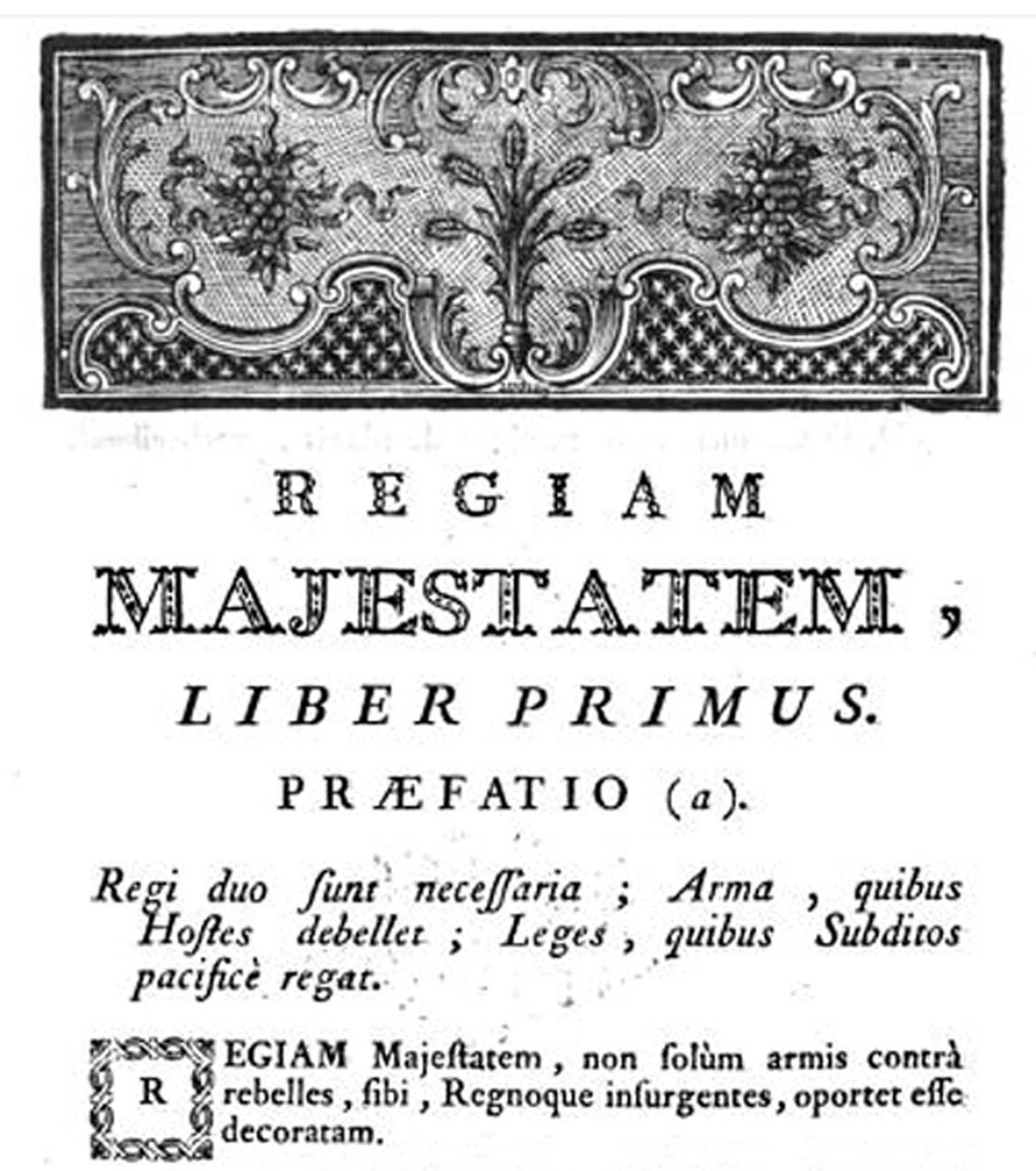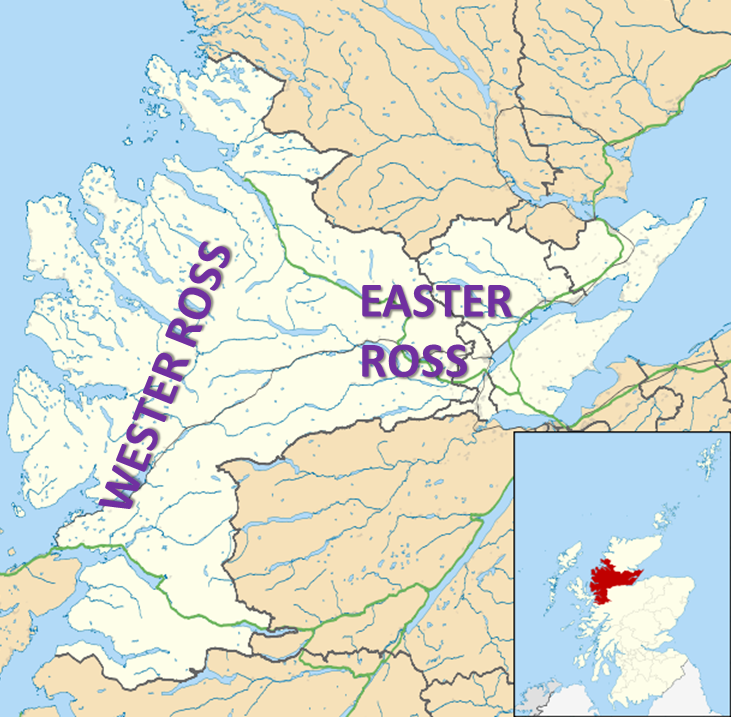|
Sasine
Sasine in Scots law is the delivery of Feudalism, feudal property, typically land. Feudal property means immovable property, and includes everything that naturally goes with the property. For land, that would include such things as buildings, trees, and underground minerals. A superior (e.g., a heritor) might authorise his agent or factor to give possession of his property to someone else through a document known as a "precept of sasine". One of the earliest records in Scotland is from 1248 when Maol Choluim I, Earl of Lennox, Sir Malcolm, son of the then Earl of Lennox, ‘conferred full Sasine’ of certain lands at Strathblane to Sir David Graham. Over time, sasine came to be used in common speech as a reference to the deed or document recording the transfer, rather than to the transfer itself. Hence phrases such as "to give sasines", "to deliver sasines", "to receive sasines", "to take sasines". Alternative spellings include: ''seizin'', ''seisin'', ''sasin'', ''seasin'', ''s ... [...More Info...] [...Related Items...] OR: [Wikipedia] [Google] [Baidu] |
Infeftment Act 1845
Land registration in Scots law is a system of public registration of land, and associated Scots property law#Recognised Property Rights in Scots Law, real rights. Scotland has one of the oldest systems of land registration in the world. Registration of deeds is important as it constitutes the third stage of the creation and transfer of real rights. Following the enactment of the Registration Act 1617 by the Kingdom of Scotland, Parliament of the Kingdom of Scotland, feudal grants and Transfer of Corporeal Heritable Property by Disposition (Scots law), dispositions were required to be registered in the General Register of Sasines in order to give the proprietor right of ownership. These registration requirements survived along with Scots law's independence, following the constitution of the Kingdom of Great Britain, the Acts of Union 1707, and the subsequent creation of the United Kingdom in United Kingdom of Great Britain and Ireland, 1800 and 1922. Today, public registration is ... [...More Info...] [...Related Items...] OR: [Wikipedia] [Google] [Baidu] |
Registers Of Scotland
Registers of Scotland (RoS) () is the non-ministerial department of the Scottish Government responsible for compiling and maintaining records relating to property and other legal documents. They currently maintain 21 public registers. The official responsible with maintaining the Registers of Scotland is the Keeper of the Registers of Scotland (known simply as the Keeper). Ex officio, the Keeper of the Registers of Scotland is also the Deputy Keeper of the Great Seal of Scotland. The Keeper of the Registers of Scotland should not be confused with the Keeper of the Records of Scotland. History of public records and registration The first official tasked with the care and administration of the public registers was first recorded in the role of ''Clericus Rotulorum'' (Clerk of the Rolls) in the Kingdom of Scotland in 1286. Registers, rolls and records were kept in Edinburgh Castle from about the 13th century. The role of the Clerk of the Rolls eventually became known as the Lo ... [...More Info...] [...Related Items...] OR: [Wikipedia] [Google] [Baidu] |
Moot Hill
A moot hill or ''mons placiti'' (statute hill) is a hill or mound historically used as an assembly or meeting place, as a moot hall is a meeting or assembly building, also traditionally to decide local issues. In Early Middle Ages, early medieval Britain in the Middle Ages, Britain, such hills were used for "moots", meetings of local people to settle local business. Among other things, proclamations might be read; decisions might be taken; court cases might be settled at a moot. Although some moot hills were naturally occurring features or had been created long before as burial mounds, others were purpose-built. Etymology Although the word ''moot'' or ''mote'' is of Old English origin, deriving from the verb ''to meet'', it has come to have a wider meaning throughout the United Kingdom; initially referring to any popular gathering. In England, the word ''folkmoot'' in time came to mean a more specific local assembly with recognised legal rights. In Scotland the term is used in ... [...More Info...] [...Related Items...] OR: [Wikipedia] [Google] [Baidu] |
Livery Of Seisin
Livery of seisin () is an archaic legal conveyancing ceremony, formerly practised in feudal England and in other countries following English common law, used to convey holdings in property. The term ''livery'' is closely related to if not synonymous with ''delivery'' used in some jurisdictions in contract law or the related law of deeds. The oldest forms of common law provided that a valid conveyance of a feudal tenure in land required physical transfer by the transferor to the transferee in the presence of witnesses of a piece of the ground itself, in the literal sense of a hand-to-hand passing of an amount of soil, a twig, key to a building on that land, or other token. Varieties Livery of seisin could refer to either: * ''Livery in deed'', whereby the parties met together on the land and the transferor symbolically delivered possession of the land by handing over a twig or a clump of earth to the recipient. * ''Livery in law'', whereby the parties went within sight of the la ... [...More Info...] [...Related Items...] OR: [Wikipedia] [Google] [Baidu] |
Seisin
Seisin (or seizin) is a legal concept that denotes the right to legal possession of a thing, usually a fiefdom, fee, or an estate in land. It is similar, but legally separate from the idea of ownership. The term is traditionally used in the context of inheritance law in the form of "the son and heir of X has obtained seisin of his inheritance", and thus is a term primarily concerned with conveyancing. The person holding such estate is said to be "seized of it", a phrase which commonly appears in inquisition post mortem, inquisitions ''post mortem''. It has varying relevance in modern legal systems, with distinctions between Common law and Civil law (legal system), Civil law jurisdictions. Etymology Seisin comes from Middle English , , in the legal sense of . The Old French variations , , are from Low Latin , generally referred to the same source as Gothic language, Gothic , or the Old English , . The French phrase "le mort saisit le vif" ("the dead give seisin to the living") is ... [...More Info...] [...Related Items...] OR: [Wikipedia] [Google] [Baidu] |
Livery Of Seisin
Livery of seisin () is an archaic legal conveyancing ceremony, formerly practised in feudal England and in other countries following English common law, used to convey holdings in property. The term ''livery'' is closely related to if not synonymous with ''delivery'' used in some jurisdictions in contract law or the related law of deeds. The oldest forms of common law provided that a valid conveyance of a feudal tenure in land required physical transfer by the transferor to the transferee in the presence of witnesses of a piece of the ground itself, in the literal sense of a hand-to-hand passing of an amount of soil, a twig, key to a building on that land, or other token. Varieties Livery of seisin could refer to either: * ''Livery in deed'', whereby the parties met together on the land and the transferor symbolically delivered possession of the land by handing over a twig or a clump of earth to the recipient. * ''Livery in law'', whereby the parties went within sight of the la ... [...More Info...] [...Related Items...] OR: [Wikipedia] [Google] [Baidu] |
Scots Law
Scots law () is the List of country legal systems, legal system of Scotland. It is a hybrid or mixed legal system containing Civil law (legal system), civil law and common law elements, that traces its roots to a number of different historical sources. Together with English law and Northern Irish law, it is one of the three legal systems of the United Kingdom.Stair, General Legal Concepts (Reissue), para. 4 (Online) Retrieved 2011-11-29 Scots law recognises four sources of law: legislation, legal precedent, specific academic writings, and custom. Legislation affecting Scotland and Scots law is passed by the Scottish Parliament on all areas of devolved responsibility, and the United Kingdom Parliament on reserved matters. Some legislation passed by the pre-1707 Parliament of Scotland is still also valid. History of Scots law, Early Scots law before the 12th century consisted of the different legal traditions of the various cultural groups who inhabited the country at the time ... [...More Info...] [...Related Items...] OR: [Wikipedia] [Google] [Baidu] |
Easter Ross
Easter Ross () is a loosely defined area in the east of Ross, Highland, Scotland. The name is used in the constituency name Caithness, Sutherland and Easter Ross, which is the name of both a British House of Commons constituency and a Scottish Parliament constituency. The two constituencies have however different boundaries. Settlements Places in Easter Ross include: * Alness * Dingwall (included in some contexts in the term ''Easter Ross'', though in some contexts it refers to the area as Mid Ross) * Evanton * Invergordon * Kildary * Milntown of Tarbat (Milton) * Portmahomack * The Seaboard villages: ** Balintore ** Hilton of Cadboll ** Shandwick * Tain Easter Ross is well known for its towns: Tain, Invergordon, Alness and Dingwall. See also * Black Isle * Ross and Cromarty * Ross-shire * Wester Ross Wester Ross () is an area of the Northwest Highlands of Scotland in the council area of Highland. The area is loosely defined, and has never been used as a fo ... [...More Info...] [...Related Items...] OR: [Wikipedia] [Google] [Baidu] |
Land Use
Land use is an umbrella term to describe what happens on a parcel of land. It concerns the benefits derived from using the land, and also the land management actions that humans carry out there. The following categories are used for land use: forest land, cropland ( agricultural land), grassland, wetlands, settlements and other lands. The way humans use land, and how land use is changing, has many impacts on the environment. Effects of land use choices and changes by humans include, for example, urban sprawl, soil erosion, soil degradation, land degradation and desertification. Land use and land management practices have a major impact on natural resources including water, soil, nutrients, plants and animals. ''Land use change'' is "the change from one land-use category to another". Land-use change, together with use of fossil fuels, are the major anthropogenic sources of carbon dioxide, a dominant greenhouse gas. Human activity is the most significant cause of land c ... [...More Info...] [...Related Items...] OR: [Wikipedia] [Google] [Baidu] |
Scots Property Law
Scots property law governs the rules relating to property found in the legal jurisdiction of Scotland. In Scots law, the term 'property' does not solely describe land. Instead the term 'a person's property' is used when describing objects or 'things' (in Latin ''res'') that an individual holds a right of ownership in. It is the rights that an individual holds in a 'thing' that are the subject matter of Scots property law. The terms objects or 'things' is also a wide-ranging definition, and is based on Roman law principles. Objects (or things) can be physical (such as land, a house, a car, a statue or a keyring) or they can also be unseen but still capable of being owned, (e.g. a person can have a right to payment under a contract, a lease in a house, or intellectual property rights in relation to works (s)he produced). While this may appear to encompass a wide range of 'things', they can be classified and sorted according to a legal system's rules. In Scots property law, all 'thin ... [...More Info...] [...Related Items...] OR: [Wikipedia] [Google] [Baidu] |


